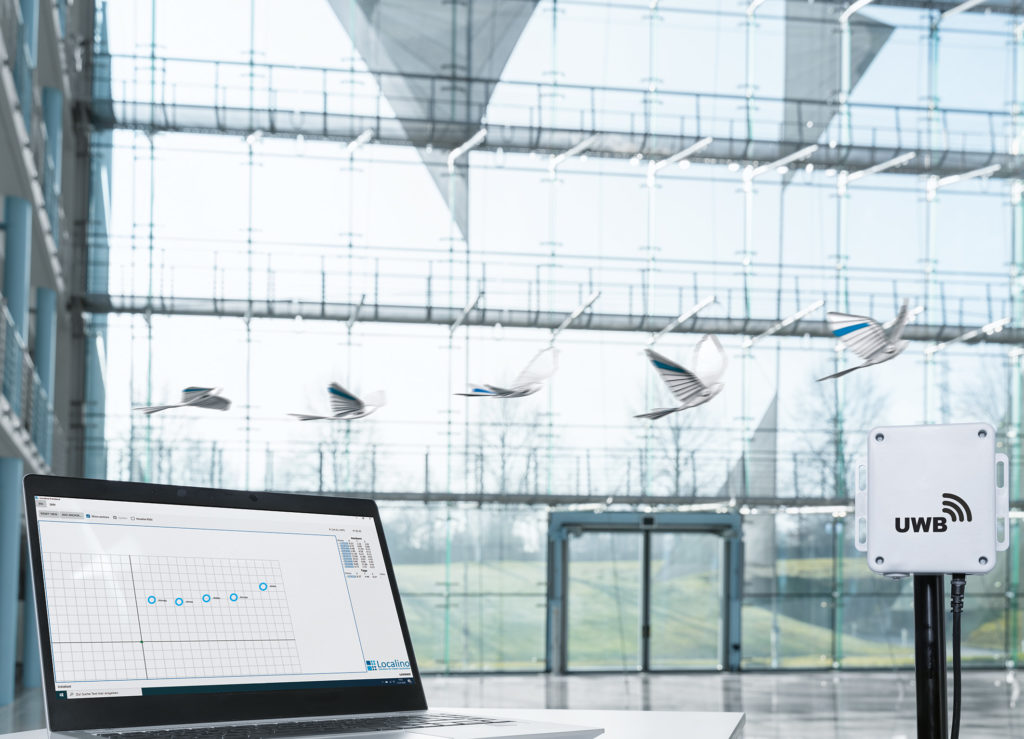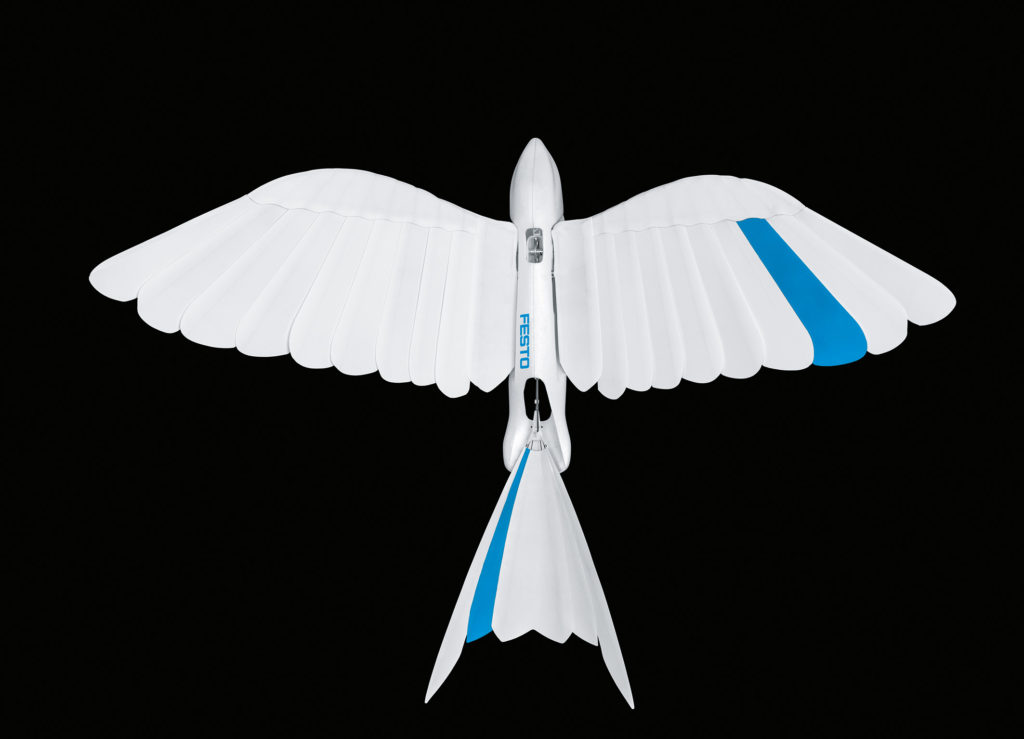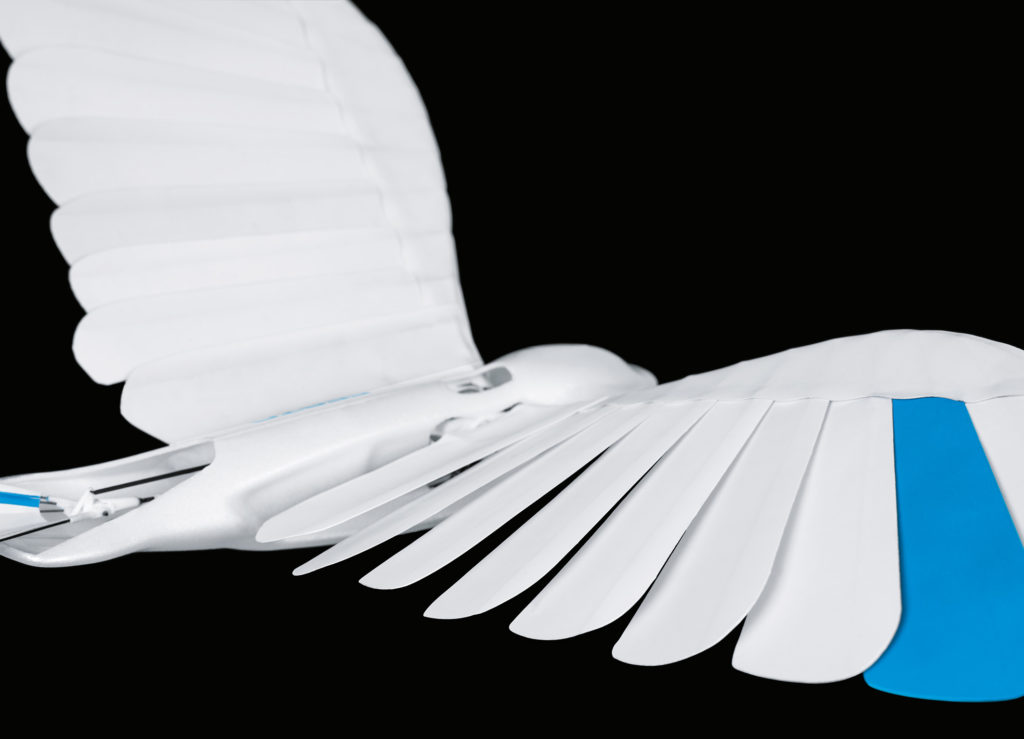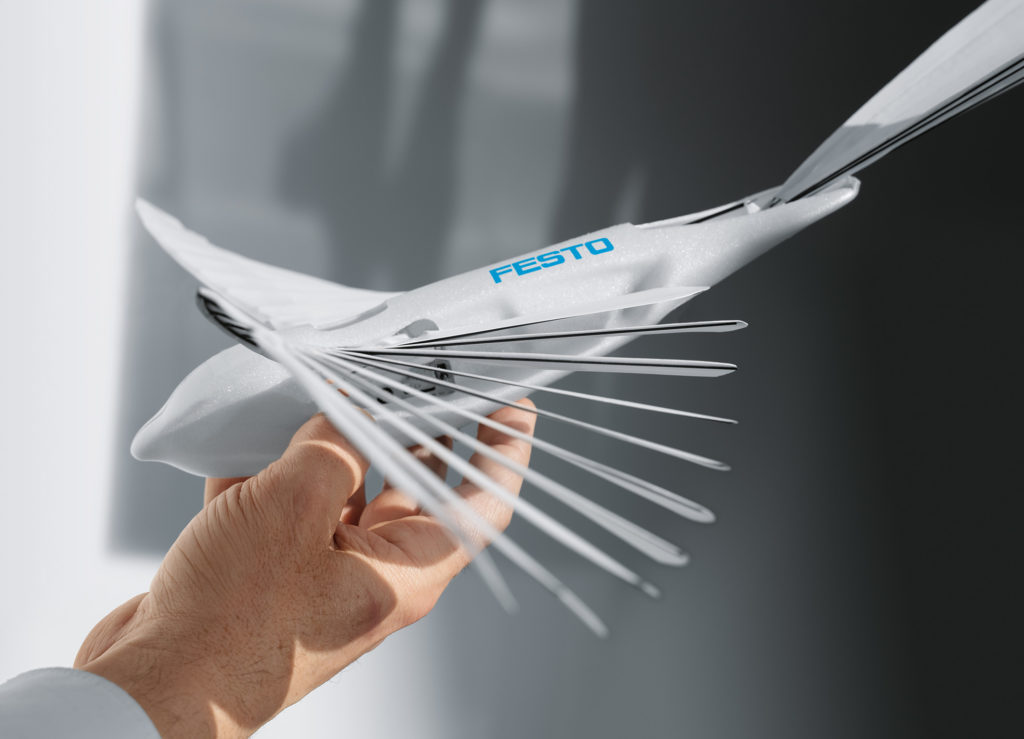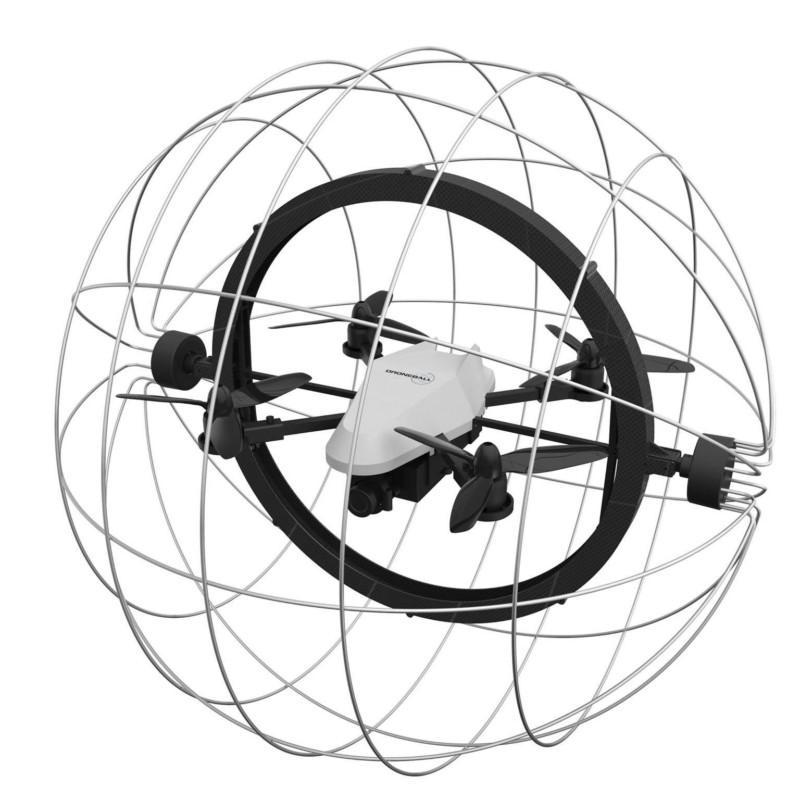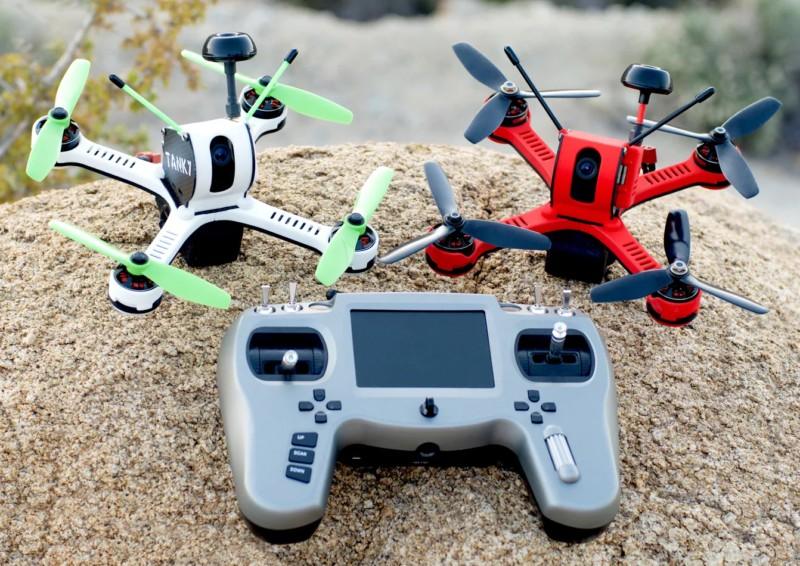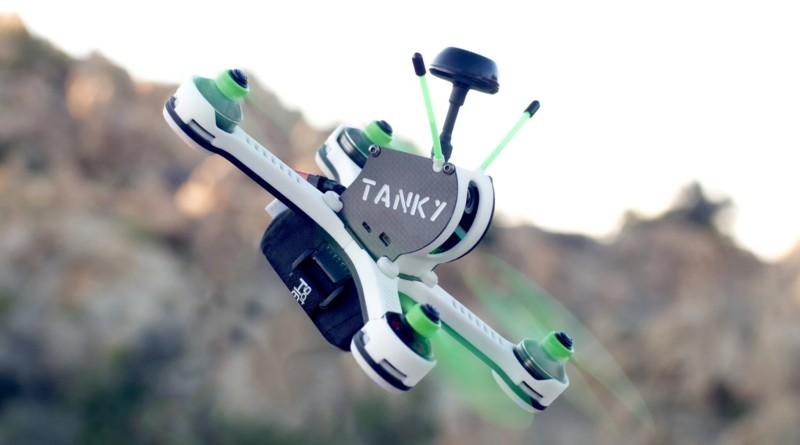(lifePR) (Düsseldorf, 16.03.21) Seit einigen Jahren erfreuen sich Drohnen beim Verbraucher einer großen Beliebtheit. Manche sehen wie kleine Hubschrauber aus, andere wie fliegende Bügeleisen. Einige verfügen über eine Kamera, während einfachere Modelle auf Sicht geflogen werden. Seit dem 31. Dezember 2020 gelten neue Regelungen für den Betrieb von Drohnen und lösen die seit 2017 gültigen Regelungen ab. Sie gelten in der gesamten EU, Norwegen, Liechtenstein und in der Schweiz. Damit entsteht ein kompliziertes Klassifizierungssystem aus verschiedenen Kategorien und Klassen. Was Hobbypiloten fortan beachten müssen, wissen die ARAG Experten.
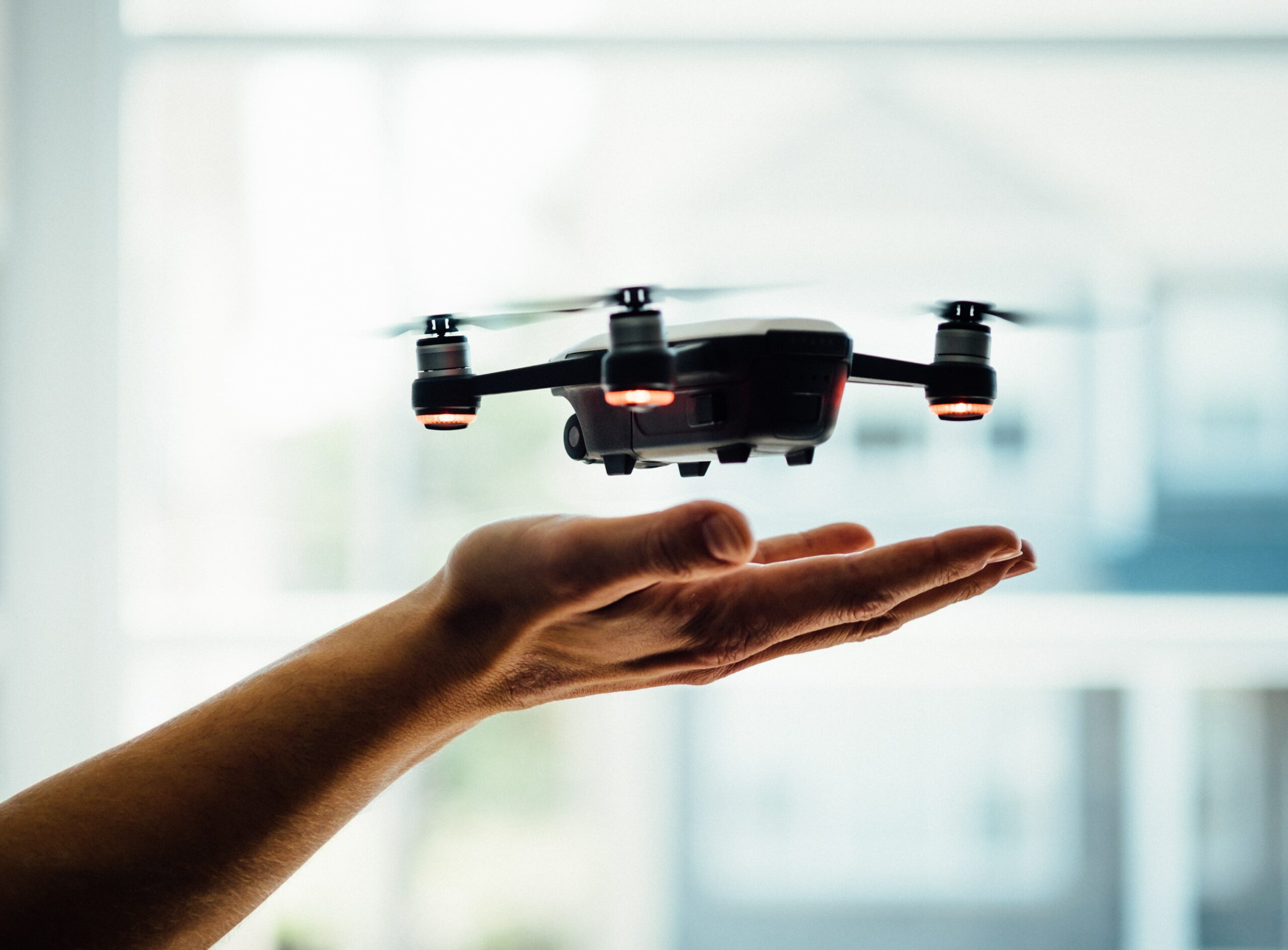
Drohnenkategorien: „offen“, „speziell“ und „zulassungspflichtig“
Die neu aufgelegte „Durchführungsverordnung über die Vorschriften und Verfahren für den Betrieb unbemannter Luftfahrzeuge“ (Durchführungsverordnung 2019/947) unterscheidet drei Drohnenkategorien: offen (open), speziell (specific) und zulassungspflichtig (certified). Eine Drohne gilt als „offen“, wenn sie weniger als 25 Kilogramm (kg) wiegt, maximal 120 Meter hoch fliegt, innerhalb der Sichtweite des Piloten betrieben wird und keine gefährlichen Gegenstände mitführt oder abwirft. Außerdem gilt für den Piloten ein Mindestalter von 16 Jahren. Eine Drohne ist „speziell“, wenn sie mehr als 25 kg Startmasse aufweist, wenn sie außerhalb der Sichtweite des Piloten im Einsatz ist oder auf eine andere Weise Merkmale der Kategorie „offen“ überschreitet. Sehr schwere, für Sonderzwecke wie Gütertransport konstruierte Drohnen gelten als „zulassungspflichtig“.
Worin unterscheiden sich die Unterkategorien A1, A2 und A3?
Die drei Unterkategorien der Kategorie „offen“ unterscheiden sich nicht nur im Gewicht der Drohne, sondern auch in deren Gebrauch. Die Verhaltensregeln der Unterkategorie A3 – mit einer Höchstabflugmasse zwischen vier und 25 kg – lassen z. B. eine maximale Annäherung an Wohn-, Gewerbe-, Industrie- oder Erholungsgebiete von 150 Metern zu. Unbeteiligte Personen dürfen mit ihnen nicht gefährdet werden. Wenn man unter dem Label A2 (Höchstabflugmasse zwischen 900 Gramm und vier kg) fliegt, darf die Drohne horizontal höchstens 30 Meter an Personen heranfliegen. Im Langsamflug ist auch eine Annäherung auf bis zu fünf Meter erlaubt. Als ‚A1-Pilot‘ mit einer Drohne von bis zu 900 Gramm sollte man keine Menschen überfliegen.
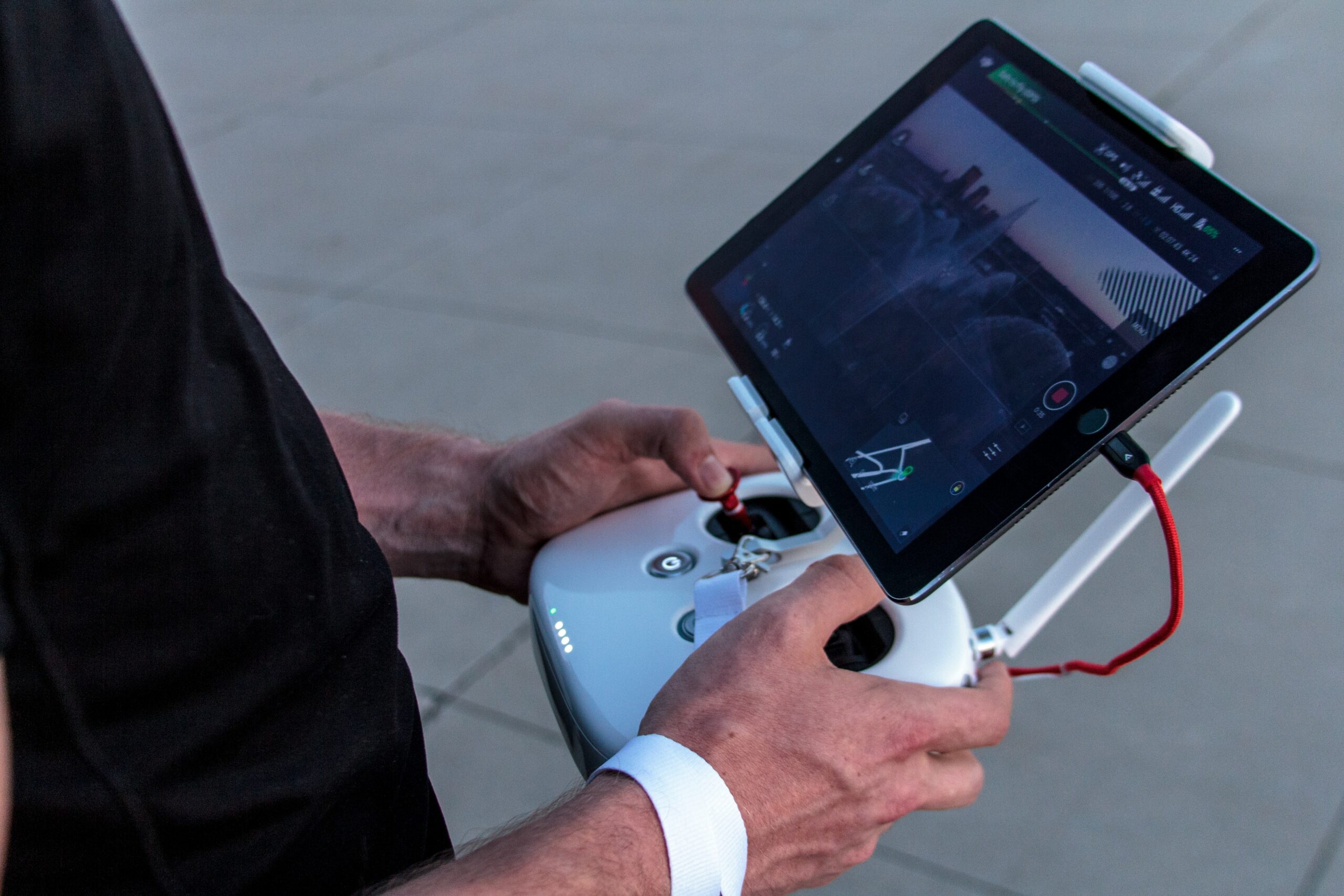
Fünf Drohnenklassen: C0 bis C4
Als ob die Novellierung im Bereich der kleinen Flugkörper nicht schon kompliziert genug wäre, unterteilt man Drohnen, die nach EU-Regularien zertifiziert wurden, künftig zusätzlich in fünf Klassen, von C0 bis C4, welche sich nach den technischen Eigenschaften von Drohnen bis 25 kg richten: C0-Drohnen sind beispielsweise die leichtesten, C4-Drohnen die Schwersten. Die jeweilige Drohnenklasse muss in Zukunft deutlich auf der Verpackung zu sehen sein, sobald die Drohne CE-zertifiziert ist.
Welche Drohnen sind registrierungspflichtig?
Hobbypiloten müssen ihr Fluggerät grundsätzlich beim Luftfahrtbundesamt (LBA) registrieren, auch wenn das Gerät ausschließlich auf dem eigenen Grundstück unterwegs ist. Allerdings sind einige davon befreit: Erst ab einem Gewicht von 250 Gramm muss eine Drohne registriert werden. Wenn die Drohne aber mit einer Kamera oder mit sonstigen Sensoren ausgestattet ist, die personenbezogene Daten erfassen können, unterliegt sie trotzdem der Registrierungspflicht. Das gilt auch für Drohnen unter 250 Gramm! Wenn die Drohne gemäß der Spielzeugrichtlinie als Spielzeug gilt, entfällt die Registrierungspflicht. Falls Ihre Drohne der Registrierungspflicht unterliegt, muss die entsprechende Registrierungsnummer deutlich sichtbar auf dem Gerät angebracht sein.
Auch neu: Zwei Drohnenführerscheine
Mussten Hobbypiloten früher erst bei Drohnen ab zwei Kilogramm einen Führerschein vorlegen, gilt dies nun schon ab 250 Gramm. Bei den meisten offenen Drohnen reicht dafür der ‚kleine Drohnenführerschein‘ (EU-Kompetenznachweis). Dafür muss der Pilot eine theoretische Onlineprüfung auf der Webseite des Luftfahrtbundesamt (LBA) ablegen. In einigen Fällen benötigen Piloten aber künftig das sogenannte EU-Fernpilotenzeugnis: Neben dem Besitz eines gültigen Kompetenznachweises muss der Betreiber dafür zusätzlich ein praktisches Selbststudium sowie eine weitere theoretische Prüfung beim LBA absolvieren. Beide Drohnenführerscheine sind europaweit und fünf Jahre lang gültig.
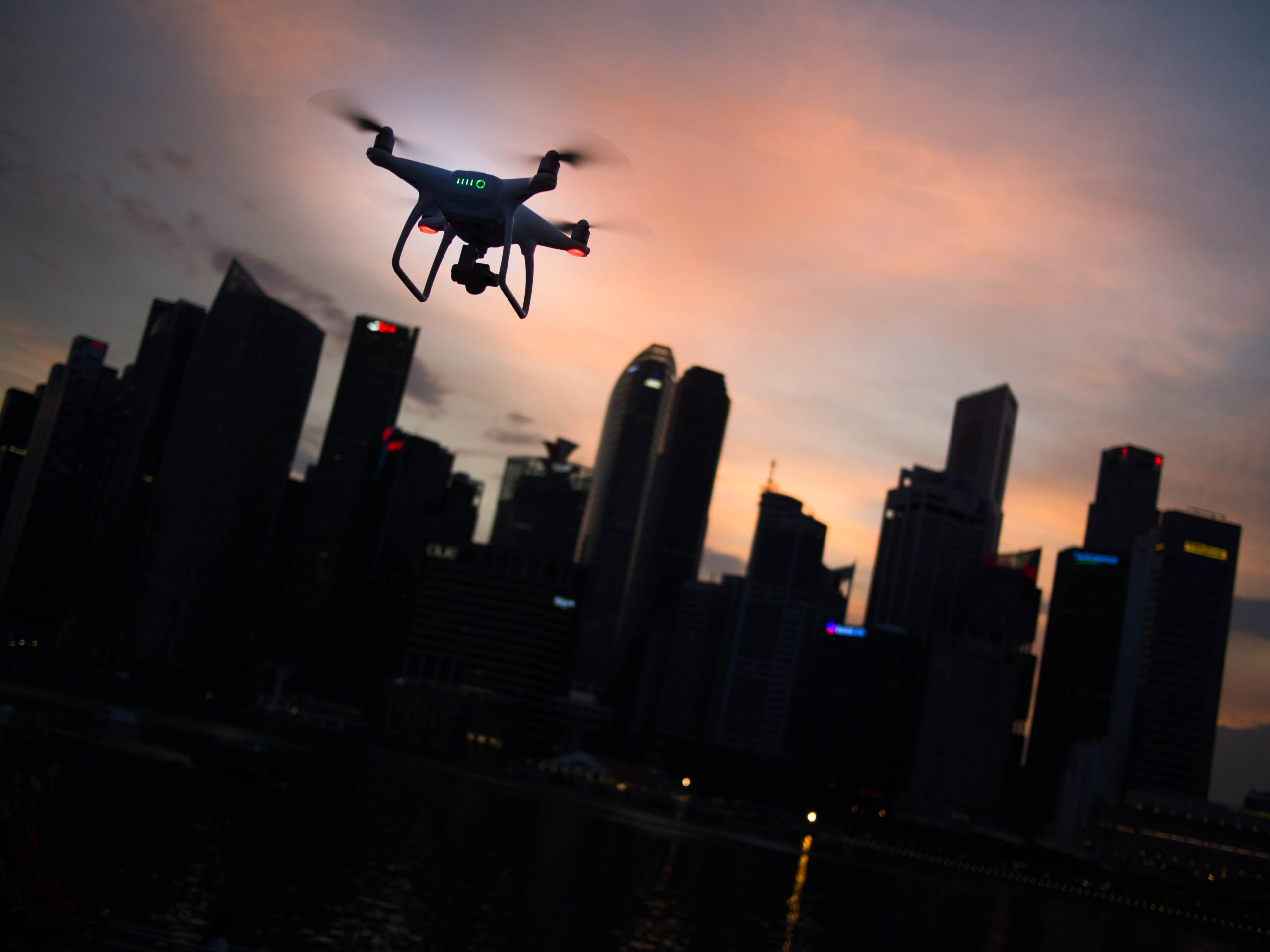
Für sogenannte Bestandsdrohnen gilt eine Übergangsphase
Für Verbraucher, die vor der neuen Regelung eine Drohne gekauft haben, gilt eine Übergangsphase: Vorher erworbene Kenntnisnachweise behalten bis zum 1. Januar 2022 weiterhin ihre Gültigkeit. Auch bisherige Registrierungen bleiben noch bis zum 30. April 2021 gültig, sofern Name und Anschrift des Betreibers gut sichtbar auf einer Plakette angebracht sind.
Diese Regeln sollte jeder Drohnenpilot kennen
Unabhängig von Klassen und Verhaltensregeln gibt es einige klare Limits. Missachtet man diese, kann das eine Geldstrafe von bis zu 50.000 Euro nach sich ziehen. So dürfen Drohnen zwar 20 Meter höher fliegen als früher; die Maximalflughöhe von 120 Metern darf man nur mit einer Sondergenehmigung überschreiten! Auch müssen die fliegenden Gadgets immer in Sichtweite des Piloten bleiben und die Privatsphäre anderer Menschen darf auf keine Weise verletzt werden. In besonders sensiblen Gegenden und Situationen dürfen pauschal keine Drohnen betrieben werden. Dazu zählen beispielsweise Bahnhöfe, Flughäfen, Demonstrationen und Einsätze der Rettungskräfte. Drohnen müssen außerdem der bemannten Luftfahrt Vorfahrt gewähren. Weichen Sie mit Ihrem Fluggerät rechtzeitig aus und stellen Sie sicher, dass Sie niemanden gefährden! Wichtig für viele Hobbypiloten: Wenn die Drohne über eine Kamera verfügt, darf sie nicht über ein Wohngrundstück gesteuert werden. Gleiches gilt für alle Drohnen, die mehr als 250 Gramm wiegen. Dies entspricht der Klasse C1 oder höher. Last but not least: In Flugverbotszonen ist die Nutzung von Drohnen selbstverständlich komplett untersagt!
Wer haftet?
Man braucht immer eine Haftpflichtversicherung, sobald man eine Drohne fliegen lässt – unabhängig von deren Gewicht. Das gilt auch für registrierungsfreie Drohnen! Der Führer der Drohne haftet grundsätzlich für alle Schäden, die bei einem Flug verursacht werden können. Das kann schnell teuer werden, wenn bei einem Absturz z. B. ein Unfall verursacht wird. Prüfen Sie daher, ob Ihre private Haftpflichtversicherung derartige Schäden einschließt. Unter Umständen ist eine sogenannte Halter-Haftpflichtversicherung nötig. Es empfiehlt sich dringend, eine spezielle Versicherung abzuschließen, wie sie zum Beispiel die Modellflugverbände anbieten.

